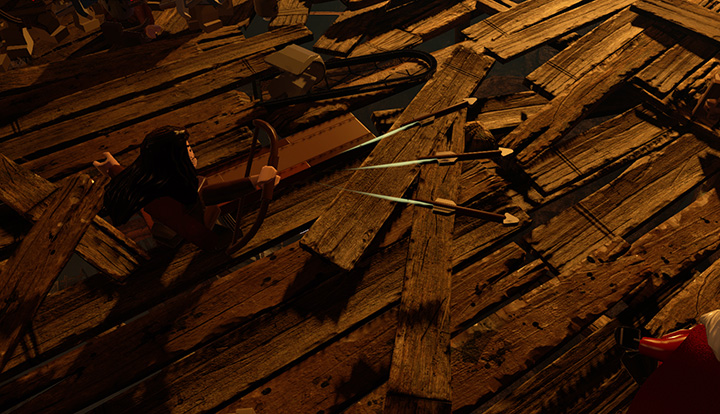Hit the bricks.
By this point, you'd think Lego might be tempted to rest on its laurels with its video game franchises. It's got a solid mechanic with a great sense of humor and licenses that sell well just by virtue of being the Lego version of a popular series. So it's fantastic to see titles like Lego The Lord of the Rings, Lego City: Undercover, Lego Marvel Super Heroes, and now Lego The Hobbit, continuing to push the evolution of the series.
On the PS4, Lego The Hobbit is the first Lego game that takes advantage of the hardware, with a noticeable increase in visual fidelity. It may sound weird to tout the visuals in a Lego game, but The Hobbit so perfectly nails the lighting and set design of the films that it would be eerie if you weren't staring at plastic minifigures. Make no mistake, this is the best-looking Lego game the developers at Traveller's Tales have made yet, and the higher resolution textures and lighting just give the whole thing a more polished sheen than ever before.
Lego The Hobbit also pushes the cooperative gameplay of prior titles even further. With Lego Marvel Super Heroes, I was surprised how cleanly the developers divided tasks between individual characters' special abilities in order to force players to switch often, or if two or more players are working together, pay attention and collaborate. Lego The Hobbit goes farther by giving the dwarves collaborative gameplay where they must constantly help each other directly, linking up to climb short cliff faces, cross a gap on a grappling hook, or create a two-man team to fight one of the large-sized characters (like Trolls).
This is complimented by each character's normal and unique abilities. It's possible to change weapons in the middle of a fight to choose the best one. Most of the dwarves also carry axes, which can be used to smash cracked rock plates, usually creating a tumble of bricks and studs, but some carry unique weapons like bows, slingshots, flails, and spears, each which has targets in the environment that only it can take down. While each character has these unique abilities, it may be possible to find or craft special items with the same abilities on replays of the levels
Story-wise, there's nothing that new, as the game uses the licensed audio from Hobbit 1 and 2, along with goofy Lego visuals. This makes the story weaker in comparison to Lego Marvel Super Heroes, which had an original plot but was on par with the other film-related games in the series. It's funny and charming, but it's essentially The Hobbit-lite. Production value is high, with gorgeous drawn illustrations between cinematics narrated by Christopher Lee (Saruman) giving the scenes context and reminding players what's going on in the story if they haven't sat down with it in a while. And boy, is it possible to stray away from the story.
Lego The Hobbit has no central hub from which to buy characters. Instead—as in Lego Lord of the Rings—they are given to you after completing a level, or are unlocked and available for purchase with studs on the expansive overworld Middle Earth section of the game. As you play the regular missions, new areas and "events" in Middle Earth become available. These events range from skill- or character-based challenges, to quests given by NPCs to earn Mythril or Red Bricks, often by delivering crafted items from the new crafting system.
The crafting system adds a lot more incentive than the traditional collectibles of the past. The items you craft all have a specific function. While some are just cosmetic (a cape that makes you slimy), others may be weapon variants that are more powerful than the standard-issue ones. Crafted items can't be used in Story modes of levels, but they can also be equipped by any character at will during the Free-Play and Middle Earth sections.
To craft something of course, you need its material components. This is the first Lego game that rewards you with something more than studs when breaking down Lego objects and enemies, with precious gems, and buildable materials functioning as "Loot." Not just for crafted items, loot is also necessary for Lego Instruction Builds, a mini-game that has come over from The Lego Movie Videogame, where you create a set object out of Legos, selecting the correct parts at certain intervals in a timed challenge to earn more studs, in order to fulfill level or quest objectives. These instruction builds ignite the imagination, since they're fairly ingenious and based on real Lego designs for Middle Earth objects.
One great example of their use are Gollum's riddles. Rather than just answering them, they become a puzzle where Bilbo creates the answer visually out of Legos. Another example might be that a Middle Earth quest requires you to build a bridge to get access to the other side of a river, and the only way is to mine the loot from nearby with a pickaxe to build the Lego set.
The crafting element, the Middle Earth overworld, and quests all build nicely into something that feels loosely inspired by games like Skyrim and online RPGs. A series of simple quests that net you some Mythril bricks, a vital crafting component for all crafted items, and the traditional silver brick from a single character may eventually build into a Red Brick. The 32 Red Bricks allow you to turn on features that make completing the game easier, like stud multipliers, in-level item locators, etc., as well as features that are just fun like mini-modes and a dance-party-like Carnival. This makes the whole package very much like a fantastic light-RPG that uses the Lego design aesthetic to stealth-in those RPG elements.
It's still a Lego game, so it's not entirely perfect. Pure platforming in Lego games is always problematic, since control and perspective never quite line up perfectly for some reason, and those issues are especially present in some of the Middle Earth quests. While the developers have fixed the issues with navigation between side-missions and the story mission that plagued Lego Marvel Super Heroes, there's still no way to select from the menu whether you want to turn on navigation for side quests or the main story quest without going to the quest-giver. Boats have fairly horrendous controls in tight quarters, which sadly comes into play when you are required to pilot Bard's smuggling vessel around Lake Town.
There are also a few glitches here and there. On one occasion the game crashed completely, while on three others, it failed to recognize that I had completed an objective and I had to redo a quest from the start after waiting for it to reboot itself while I did other tasks. So, essentially, it has the same problems as many hardcore RPGs released today. But like those games, I can't stop playing it, and their happy-go-lucky characters and quests fill out the world in a way that is charming and delightful.
If there's one place where Lego The Hobbit falters, it's the story which only delves into parts one and two of the film franchise. While it's a massive game if you dive into the overworld Middle Earth quests, it's still tied to a franchise whose last film ended on a complete television-style cliffhanger. Sure, the Middle Earth quests fill out the world of Lego The Hobbit, giving it a uniquely Lego spin on the franchise, but the game can be played without doing more than one or two if they aren't sought out.
Additionally, replaying the levels for quest objectives often reveals hidden sections of the level; in at least one instance, almost twice as much content as the first playthrough. However, there's no incentive for people who just want to play the story and have no drive to do the open-world quests, so swaths of gamers may play the game through the story's end and set it aside without accessing that content. On completing my first playthrough I had only completed 30% of the game's objectives.
Lego The Hobbit is, if not the best Lego game, then closely matched with the top entries in the series. It expands the series repertoire with new mechanics and better quest navigation. It still has some of the series trademark flaws, but there's even more to recommend the child-friendly series of games now. Traveller's Tales has built a compelling new entry in their franchise, brick by brick.
-
New crafting system
-
Middle Earth overworld quests
-
Fast travel "eagles"
-
Funny
-
Lego platforming issues
-
RPG-lite gameplay
-
RPG-style glitches
Lego the Hobbit Screenshots
-
Lego the Hobbit Screenshots #1
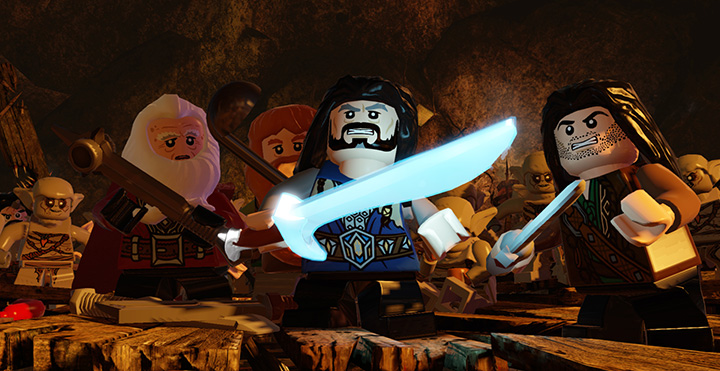
-
Lego the Hobbit Screenshots #2
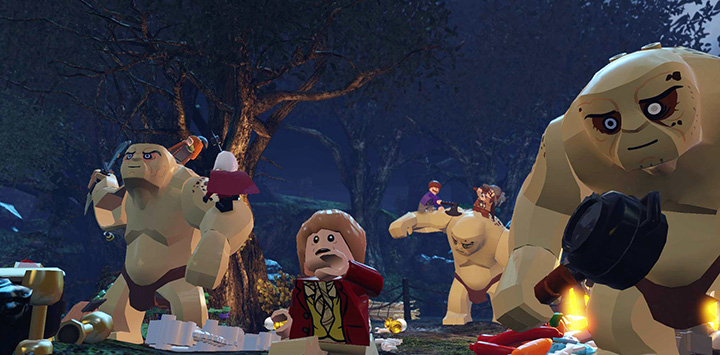
-
Lego the Hobbit Screenshots #3
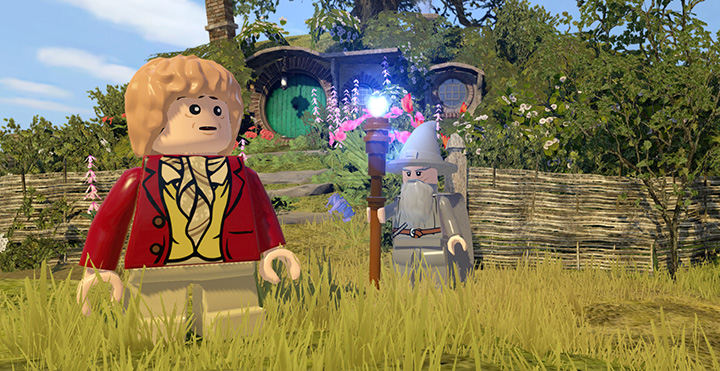
-
Lego the Hobbit Screenshots #4
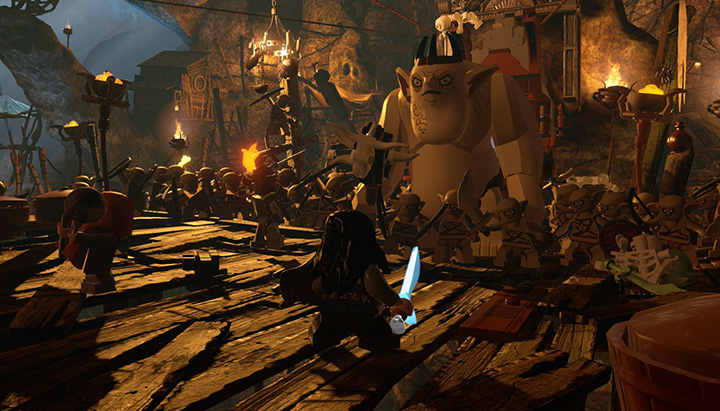
-
Lego the Hobbit Screenshots #5

-
Lego the Hobbit Screenshots #6
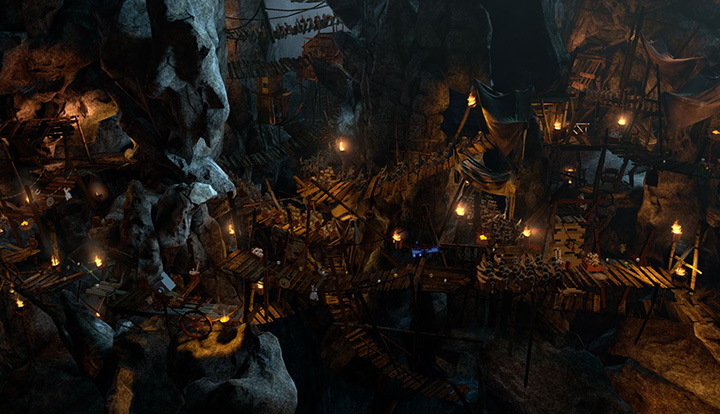
-
Lego the Hobbit Screenshots #7

-
Lego the Hobbit Screenshots #8
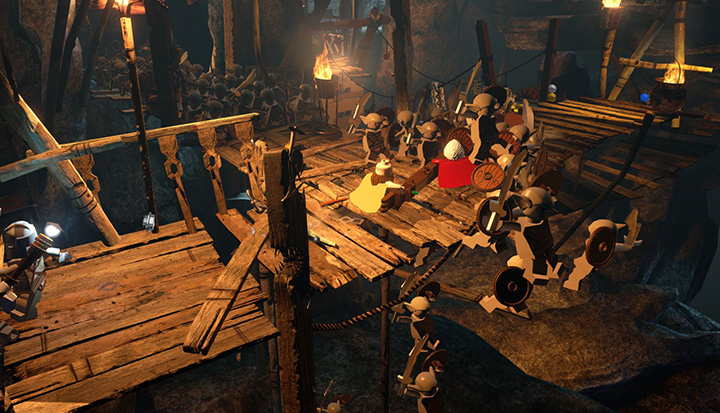
-
Lego the Hobbit Screenshots #9
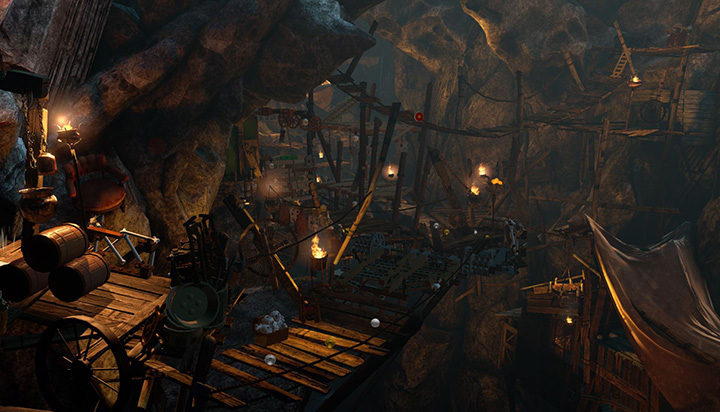
-
Lego the Hobbit Screenshots #10
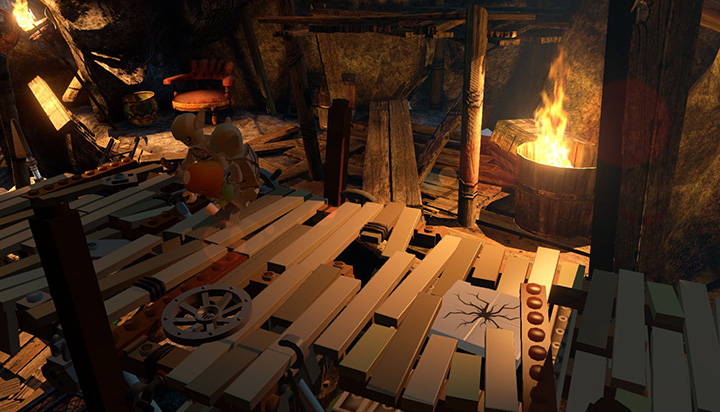
-
Lego the Hobbit Screenshots #11
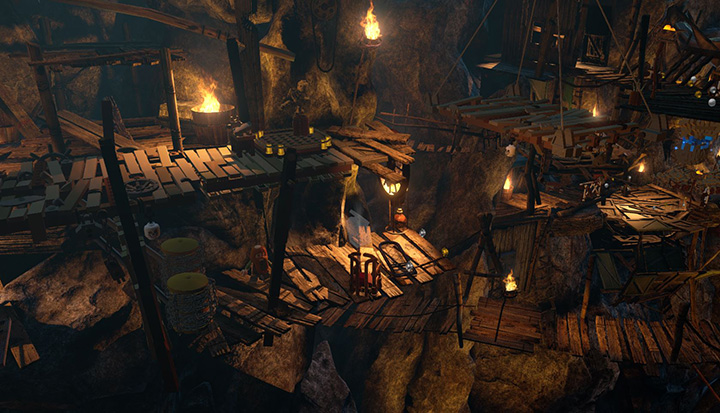
-
Lego the Hobbit Screenshots #12
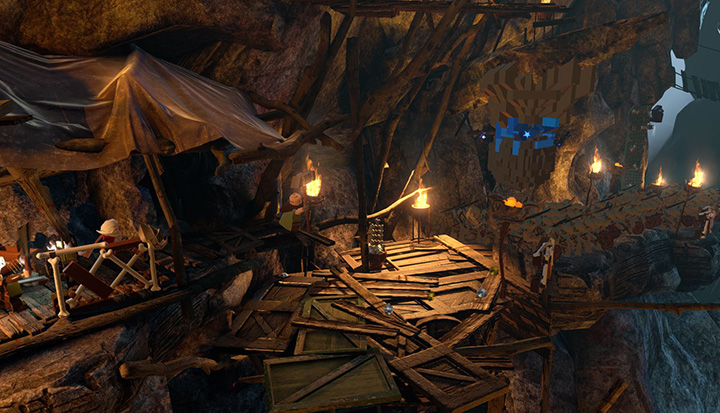
-
Lego the Hobbit Screenshots #13
